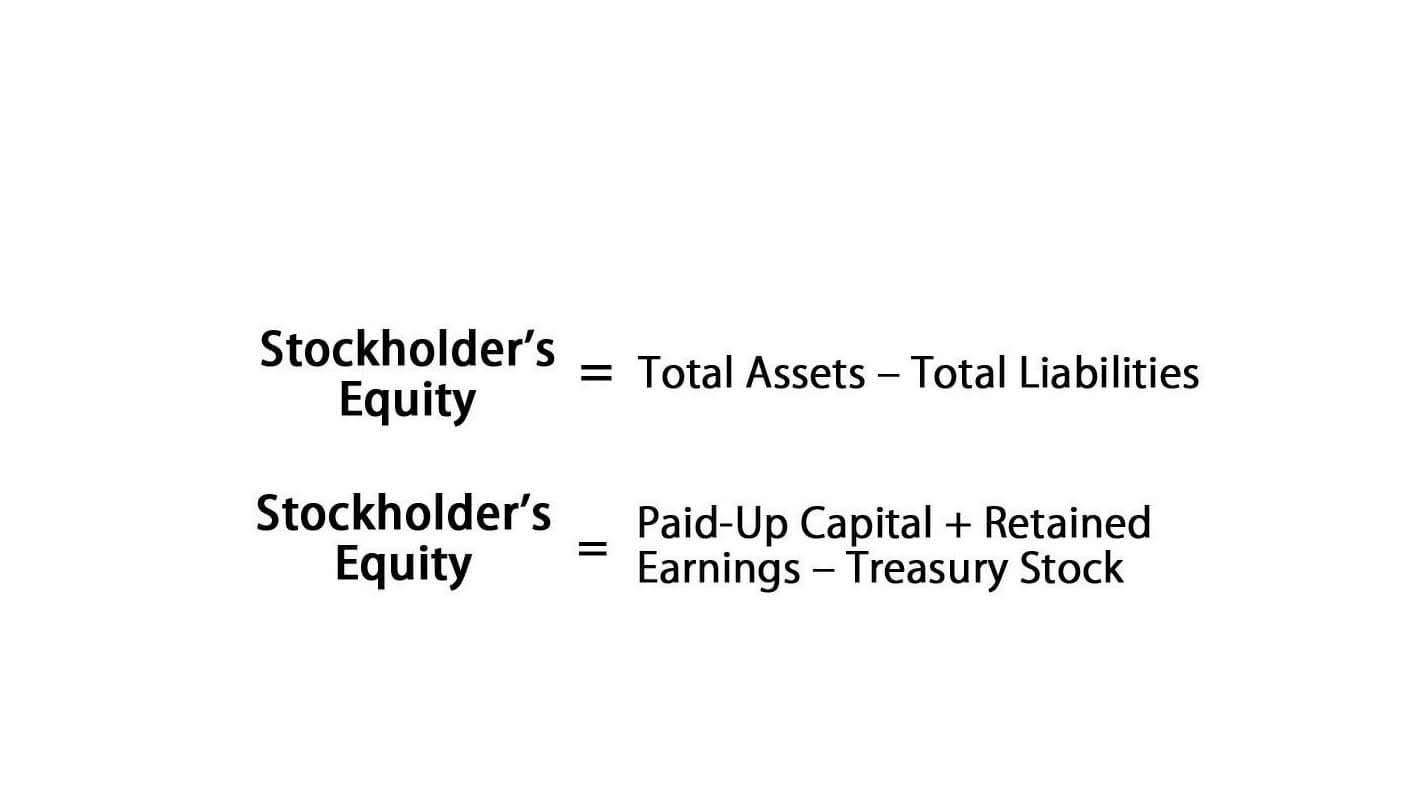
Accrual to cash adjustments involve re-aligning the books to reflect cash transactions, which is essential for accurate financial reporting and tax compliance. In the process of converting from cash basis to accrual accounting, it’s essential to properly recognize and account for inventory. Under the cash basis method, inventory is expensed when purchased, while in accrual accounting, inventory is recognized as an asset on the balance sheet. This is because, under accrual accounting, expenses related to inventory are recorded as cost of goods sold (COGS) upon the sale of an item, not when cash is exchanged for the purchased inventory. Accrual basis accrual to cash adjustment accounting refers to a method of recording financial transactions in the books at the time they are incurred, regardless of when the cash is actually received or paid. It provides a more accurate picture of a company’s financial health by recognizing revenue and expenses when they occur, rather than when the cash is exchanged.
- This adjustment helps stakeholders better understand the cash-generating ability of a company’s core operations without the distortion of accounting allocations.
- Enter the name of the common parent corporation on the first line of Form 3115.
- An often neglected task of changing accounting methods is an accurate chart of accounts.
- It identifies the part of accounts receivable that the company does not expect to be able to collect.
- One can record Invoices, expenses, employee time, and more using this service, which is available monthly.
- So, let’s clear your basics and understand the accrual to cash adjustments for your next finance handling.
Prepaid Expenses Methodology
Therefore, these Online Accounting documents will need to be adjusted to reflect the correct financial standing of the business. Thus, under the cash method, the business would only report $25,000 in expenses for tax purposes instead of the $30,000 reported under accrual accounting. The expense cash payments are given by the following accrual to cash conversion formula.

What formula is used for calculating accruals from a cash basis accounting system?
This not only ensures accurate financial reporting, but also helps identify potential areas of improvement and opportunities for growth. Cash conversion calculator – A cash conversion calculator is a tool that can help you calculate the amount of cash you need to convert your accrual accounting to cash accounting. This calculator takes into account your accounts receivable and payable, as well as any other outstanding debts or liabilities. By using a cash conversion calculator, you can get a better idea of how much cash you’ll need to make the transition.
Terms and Conditions of Voluntary Method Change
Adjustments for changes in working capital are crucial for accurately depicting cash flow. Working capital, defined as current assets minus current liabilities, directly impacts liquidity. An increase in accounts receivable indicates sales made on credit, reducing cash flow, while an increase in accounts payable suggests delayed cash payments, enhancing cash flow. Monitoring these changes can inform strategies like optimizing inventory levels or negotiating better payment terms with suppliers.
- This process usually includes adjustments for accrued revenues, accrued expenses, deferred revenues, and prepaid expenses.
- It’s important to remember that this conversion could change the financial statements significantly.
- When the cash is paid, an adjusting entry is made to remove the account payable that was recorded together with the accrued expense previously.
- However, the balance sheet includes accounts like accumulated liabilities and accrued payroll that are likewise affected by the selected accounting system.
- Therefore, seeking professional guidance or consulting an accountant with expertise in this area is highly recommended.
- If the filer intends to have the authorized representative receive copies of correspondences regarding its Form 3115, it must check the appropriate box on Form 2848.
- This could affect key financial ratios and performance indicators used for decision-making.
- If the adjustment increases taxable income, the IRS permits spreading it over four years to ease the tax burden.
- Plus, anticipate potential challenges such as employee training and initial confusion.
- Those sound slightly more interesting than telling your clients you’re going to charge $1,000 just to see if switching from the accrual to cash method might allow them to claim a favorable 481(a) adjustment.
- In short, converting from accrual basis to cash basis accounting is a difficult but necessary process.
- These are adjusted in the cash flow statement to reflect the timing of cash outflows.
Under the cash basis method, income is only recognized when it is received, and expenses are deducted when they are paid. This can lead to a deferral of income and acceleration of expenses, potentially reducing taxable income in the short term. When managing taxes, businesses often face the challenge of adjusting from an accrual accounting basis to a cash basis for tax reporting. As an entrepreneur or financial professional, understanding this transition is essential, as it impacts how you report income, expenses, and ultimately, your tax liability. In this article, I will walk you through the process of accrual to cash adjustment for tax purposes, using practical examples, detailed explanations, and tables to clarify the steps involved. This involves maintaining detailed records of cash receipts and disbursements, as they form the foundation of financial reporting under this method.

Accrual to cash adjustments is a critical process for businesses transitioning from accrual-based accounting to cash-based accounting. This article explains how this adjustment works, its implications for small business financial management, and key considerations for making the transition effectively. Remember, the cash method and accrual method are fundamentally different approaches to accounting, each with their own benefits and drawbacks. The accrual method provides a more accurate picture of a company’s overall financial health, while the cash method can be simpler and provide a clearer view of the cash coming in and out of a business. As mentioned earlier, the primary goal of the accrual to cash adjustment formulas is to remove the effects of transactions that have been recorded but not yet settled in cash from the financial accounts.
How to convert cash basis to accrual basis accounting

This is when a company must reconcile its accounting records with its bank statements to https://www.bookstime.com/articles/month-end-close-process ensure that all transactions have been accurately recorded. This can be a time-consuming and complex process, especially for larger companies with multiple bank accounts and a high volume of transactions. There are several reasons why businesses switch from the cash basis to the accrual basis of accounting. One is that doing so puts their accounting records in compliance with the applicable accounting framework, which is usually Generally Accepted Accounting Principles (in the United States).

Add Accounts Receivable
Whereas, in cash basis, revenue is only recognized when received, and expenses when paid. To begin, identify all outstanding accounts receivable an Convert Accrual Basis to Cash Basis Accounts payable. Enter the amounts requested on lines 2a through 2g, even though the calculation of some amounts may not have been required in determining taxable income due to the applicant’s present accounting method. Applicants with an applicable financial statement changing to an accrual method and entering an amount on line 2a should complete Schedule B if the income is subject to section 451(b).
Trial Balance
Working capital is the difference between a company’s current assets and its current liabilities. It is essential to manage working capital effectively, as it can impact a company’s ability to operate and grow. Cash conversion is a critical component of working capital management, as it helps to ensure that the company has enough cash on hand to cover its current obligations. While they tend to be niche issues, I’m hoping anyone having the pain of dealing with them decided very swiftly to escape using the procedures. If you can get rid of it, it’s well worth the time investment, especially when calculating a Sec. 263A adjustment.
